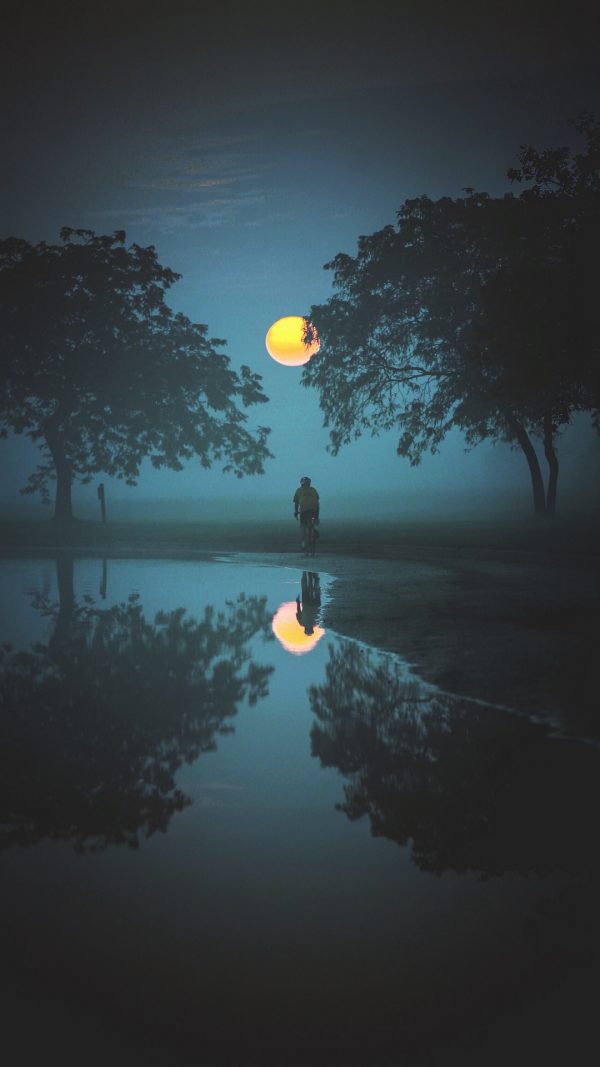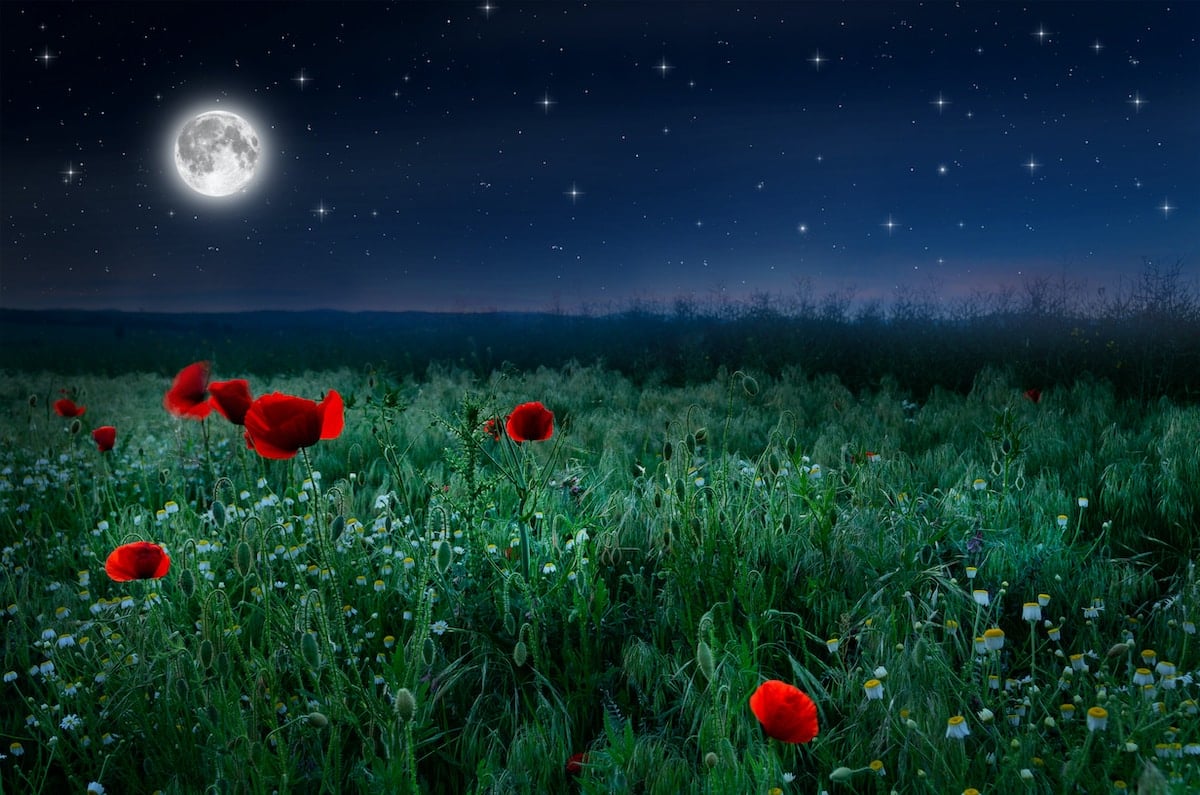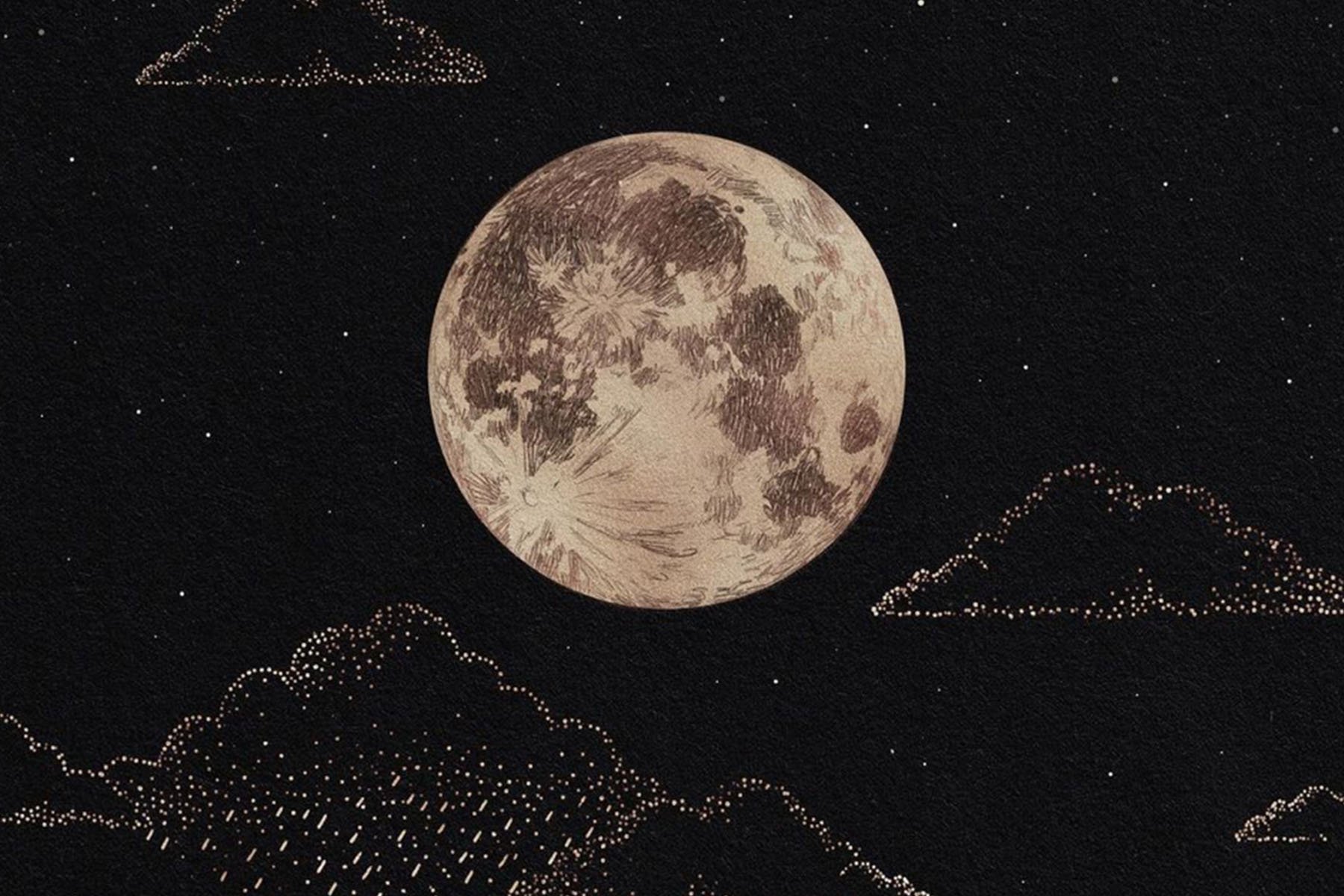

To catch totality – the period when all of the Moon’s surface is blanketed by the Earth’s dark shadow – look up between 4:11 and 4:26 a.m.

Part of it will remain in the umbra until 5:53 a.m. PDT, with the Moon entering the darkest part of the Earth’s shadow at 2:45 a.m. A month after a Japanese lunar lander crashed on the moons surface, NASA has found debris confirming the crafts 'hard landing.' The Japanese lander, a. The eclipse is set to begin May 26 at 1:46 a.m. “Folks in Hawaii and the Aleutian Islands will get to see the entirety of this eclipse – it will be quite a show for them,” said Bill Cooke, Lead, NASA Meteoroid Environments Office. Unlike a solar eclipse, you won’t need special glasses to view this lunar eclipse, just go outside and keep your head to the sky! The eclipse can be seen in its entirety in eastern Australia, New Zealand, and the Pacific Islands, including Hawaii. The total eclipse phase will be visible near moonset in the western United States and Canada, all of Mexico, most of Central America and Ecuador, western Peru, and southern Chile and Argentina. The color is so striking that lunar eclipses are sometimes called Blood Moons.
#FULL MOOM MAY FULL#
During this type of eclipse, the Moon will gradually get darker, taking on a rusty or blood-red color. In fact, many names for full moons have origins in early Native American tribes including Marchs full moon, called the worm moon, as well as Mays full moon, known as the flower moon. But have you ever witnessed our own planet’s Moon turn red? If you haven’t, you’ll get your chance with this year’s only total lunar eclipse also happening May 26! It’s been nearly two and a half years since the last one.Ī total lunar eclipse occurs when the Moon passes completely through the Earth’s dark shadow, or umbra. Mars is most commonly known as the Red Planet. May’s supermoon is also bringing a “super power” to change its color, and the color is red! A telescopic visualization of the 2021 total lunar eclipse.Ĭredits: NASA’s Scientifc Visualization Studio Yet, it’s not just bringing brightness and size. This is what is commonly referred to as a “supermoon”.

This Full Moon was known by early Native American tribes as the Flower Moon because this was the time of year when spring flowers appeared in abundance.Ĭompared to other Full Moons in 2021, the Flower Moon will have the nearest approach to Earth, making it appear as the closet and largest Full Moon of the year. The Moon will be located on Earth’s opposite side from the Sun and fully illuminated May 26, 2021, at 6:13 a.m. While it won’t be visible North and South America (except for Hawaii) because the moon will be below the horizon, the eclipse will be seen in Europe, Africa, Asia, and Australia.Ī version of this article was originally published in 2019 and has been updated for 2023.As we approach month’s end, there is not one, not two, but three celestial events happening with our Moon! The penumbral eclipse begins at 11:14 a.m. To catch 2023’s full flower moon and penumbral lunar eclipse, look skyward on Friday, May 5. A full moon rises around sunset and sets around sunrise.

The Moon is opposite the Sun, as viewed from Earth, revealing the Moon’s dayside. You’re seeing just a slice of the entire Moon half of the illuminated half. When to See the Flower Moon and Penumbral Lunar Eclipse People may casually call this a half moon, but remember, that’s not really what you’re witnessing in the sky. Penumbral lunar eclipses are subtle and not as easily seen as solar eclipses, but this one will be visible to everyone on the dark side of Earth. On the night of May 5, Earth will align between the sun and the moon, putting the moon in Earth’s shadow. This year’s flower moon will be especially memorable because it coincides with a penumbral lunar eclipse. Indigenous peoples have their own nicknames for May’s full moon-the Creek and Choctaw call it the mulberry moon, referencing the berry native to the southeastern U.S., and tribes in the Pacific Northwest have called it “camas blooming time.” Camas-a flowering plant with a bulb that looks like an onion-is a traditional food harvested from April through June. This is when it will look like a blood moon, taking on its reddish hue. North American folklore mentions the full moon’s appearance at the height of spring, when wildflowers begin to bloom, trees unfurl their leaves, and pollinators like butterflies and moths start feeding on the plants’ nectar. The Flower Moon will reach its peak just after midnight on Monday, May 16 at 12:11 a.m. The flower moon is simply the full moon that occurs in the month of May. Here’s everything you need to know about the special coincidence. We will see a full moon-which is dubbed the “flower moon”-as well as a penumbral lunar eclipse. Lucky skygazers will be able to witness two celestial events on May 5, 2023.


 0 kommentar(er)
0 kommentar(er)
